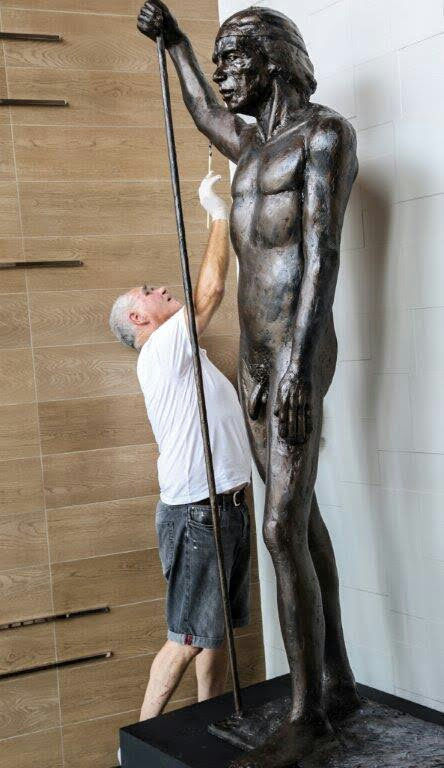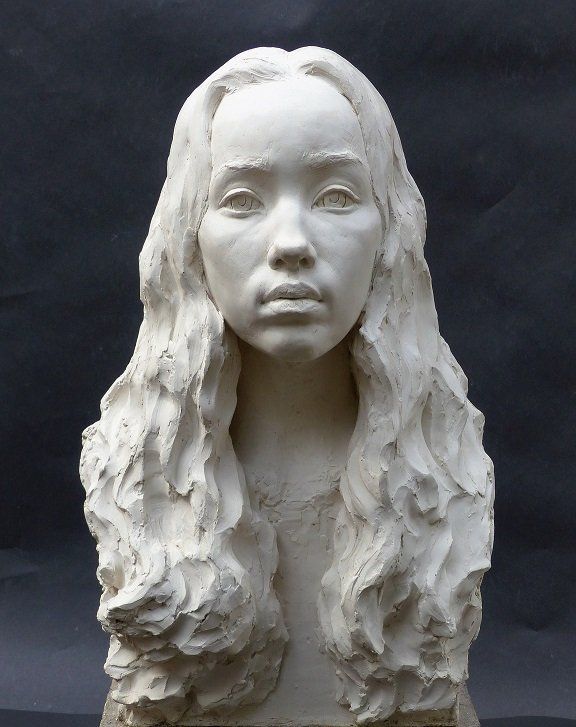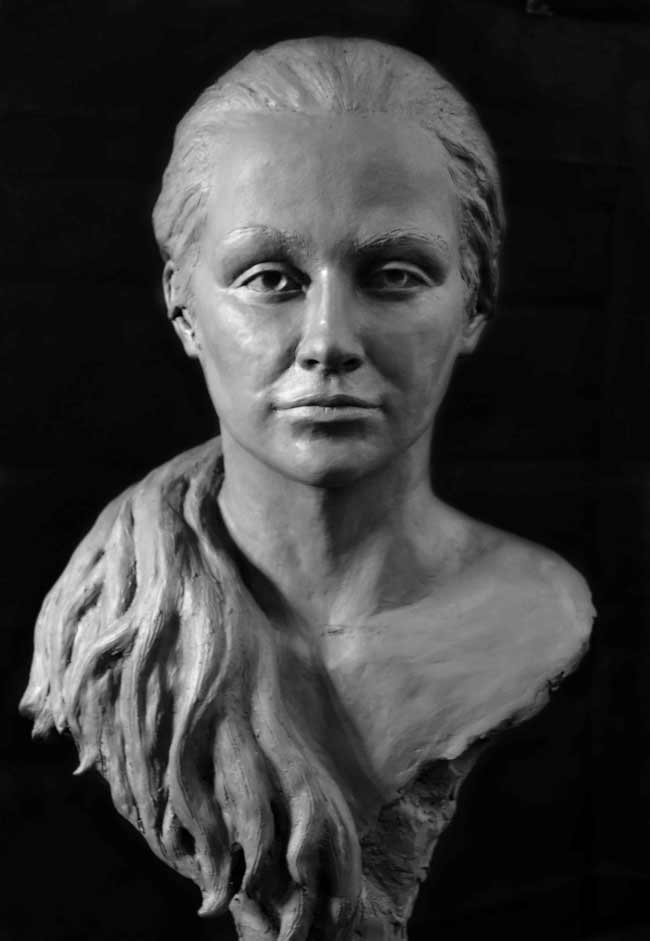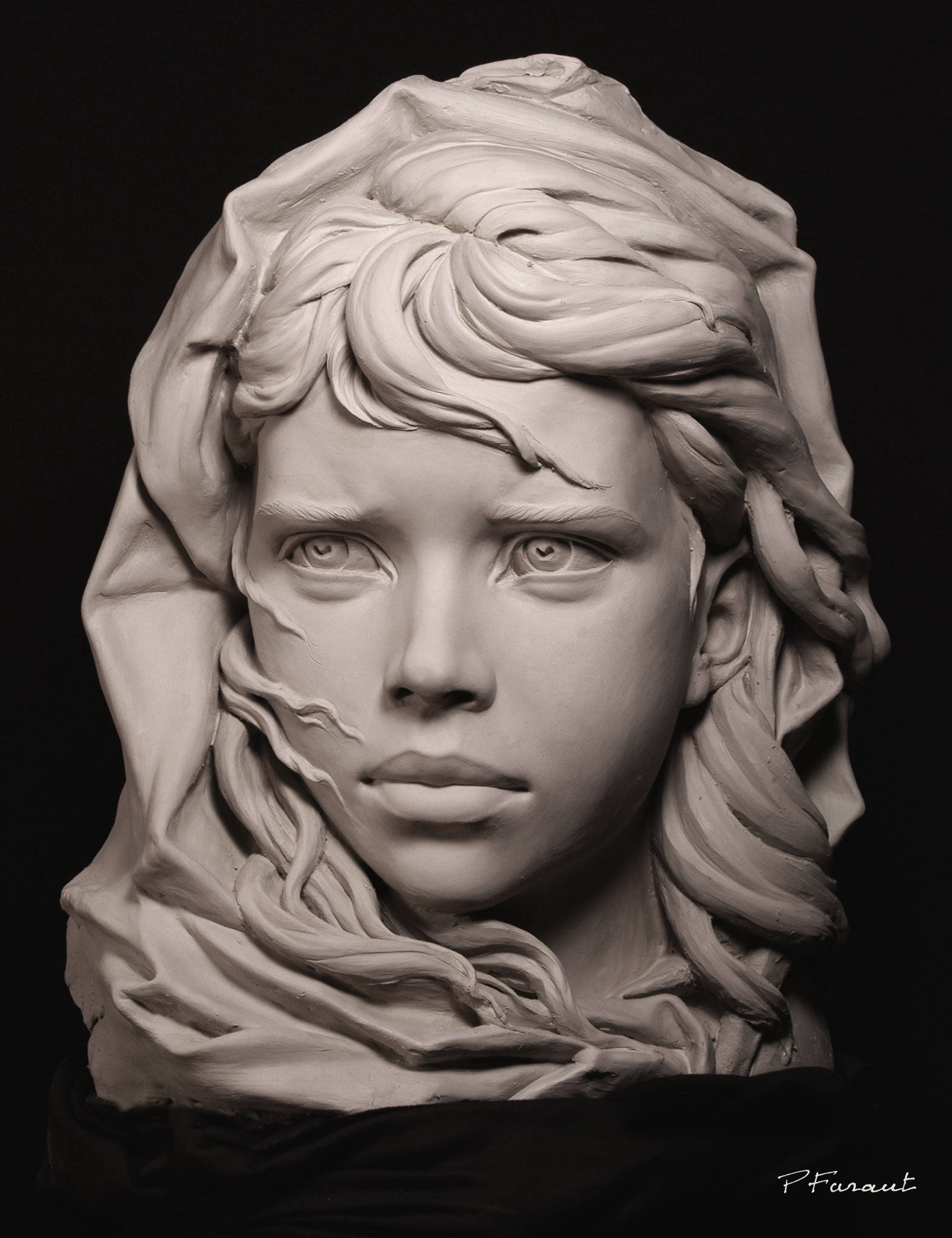Beyond Boundaries: Contemporary Sculptures Redefining Perspectives
Wiki Article
The Development of Sculptures: From Ancient to Modern
The Evolution of Sculptures: From Ancient to Modern. Portrait Sculptor.Sculpture, among the oldest types of art, has been an integral component of human people for millennia. From the old civilizations of Egypt and Greece to the modern-day era, sculptures have actually developed, showing adjustments in creative strategies, materials, and social impacts. This journey via time traces the advancement of sculptures, discovering the shifts in style, subject issue, and imaginative expression.
Beginning with the old globe, sculptures crafted from stone and later bronze caught the essence of divine beings, leaders, and day-to-day life. The Renaissance period saw a resurgence of classical sculpting strategies, as musicians looked for to emulate the graceful forms of ancient Greek and Roman sculptures (Equine Sculptures). In the modern era, musicians challenged conventional limits, welcoming abstraction and trial and error with brand-new materials
This expedition will dive into the varied development of sculptures, revealing the abundant tapestry of artistic expression throughout different durations and cultures.

Old Sculptures: From Rock to Bronze
Ancient sculptures transitioned from being taken of stone to being cast in bronze. This shift noted a considerable advancement in the art of sculpture, enabling for greater refinement and information in the ended up works. Stone sculptures, while impressive in their very own right, were restricted by the nature of the material. Stone called for comprehensive carving and shaping, usually resulting in a more streamlined representation of the subject.The introduction of bronze as a tool for sculptures produced a revolution in creative expression. Bronze used artists the possibility to create elaborate and realistic kinds that were not feasible with stone. The process of casting bronze permitted the production of numerous duplicates of a sculpture, making it possible for bigger distribution and preservation of these artistic masterpieces.
The transition from stone to bronze likewise saw a shift in the topic of sculptures. While stone sculptures mainly illustrated gods, sirens, and mythical figures, bronze sculptures began to mirror a wider array of subjects, including daily people and pets. This expansion of subject showcased the adaptability and versatility of the bronze medium.
Renaissance Resurgence: Sculpting in the Classical Style
The Renaissance revival of sculpture observed a resurgence in the timeless design, building upon the developments made during the change from rock to bronze in ancient sculptures. During this period, artists looked for to recreate the classic aesthetic and ideals of elegance that prevailed in ancient Greek and Roman sculptures.Among the key characteristics of the Renaissance rebirth was the emphasis on naturalism and the human kind. Carvers like Donatello and Michelangelo make every effort to catch the anatomical information and expressions of their topics with unmatched precision. They researched the body and included their monitorings into their sculptures, leading to realistic and lifelike representations.
Another vital element of the Renaissance revival was the expedition of viewpoint and depth. Artists utilized techniques such as contrapposto, where the weight of the body is moved to one side, producing a sense of movement and dynamism. They likewise experimented with various products, including marble and bronze, to accomplish a level of refinement and complexity in their sculptures.

Modernism and the Avant-Garde: Damaging Traditional Borders
During the Innovation and Avant-Garde movements, artists pushed the boundaries of conventional creative conventions. This period, which arised in the late 19th and early 20th centuries, saw a dramatic shift in the means musicians came close to sculpture. Turning down the notion of art as mere replica, modernist sculptors looked for to check out brand-new kinds, products, and principles.
One of the essential characteristics of modernist sculpture was the focus on abstraction. Artists relocated away from reasonable representations and instead concentrated on capturing the significance of the topic via streamlined types and geometric shapes. This separation from standard representation enabled artists to reveal their emotions and ideas in a much more individual and subjective fashion.

Contemporary Sculptures: Checking Out New Products and Concepts
With a focus on exploring new materials and concepts, modern sculptures have changed the area of art. Artists today are pushing the limits of typical sculpture by utilizing innovative products and trying out with abstract principles. These sculptures test conventional ideas of definition, type, and materiality, welcoming audiences to involve in a new and provocative imaginative experience.Contemporary carvers are embracing a variety of materials, including plastic, glass, steel, and even natural matter. They are not restricted to the standard medium of rock or clay, enabling greater freedom of expression and testing. This shift in the direction of unconventional materials has opened up new possibilities for musicians to develop sculptures that are vibrant, interactive, and aesthetically striking.
In addition to discovering brand-new materials, modern sculptures also explore complicated and abstract concepts. Artists are currently exploring themes such as identification, social issues, and the setting, making use of sculpture as a powerful medium for social commentary and self-questioning. These sculptures test visitors to assume critically and involve with art on a deeper degree, triggering discussions and provoking psychological reactions.
Global Influences: Sculptural Traditions From Worldwide
Sculptural practices from different areas of the globe have substantially formed the development of sculptures throughout background. The international influences on sculpture have actually been diverse and have actually added to the richness and range of creative expressions. From the old people of Egypt, Greece, and Rome to the intricate carvings of Asian cultures, each area has actually developed its special sculptural practices that have actually affected musicians throughout time.In ancient Egypt, sculptures were developed largely for funerary and religious objectives. The renowned sculptures of gods and pharaohs, such as the Great Sphinx and the bust of Queen Nefertiti, showcase the Egyptians' proficiency of rock sculpting and their idea in the afterlife.

In old Rome, sculpture served both political and imaginative purposes. Roman sculptures commonly shown emperors, generals, and mythological figures, showing the power and splendour of the empire. The marble sculpture of Augustus of Prima Porta and the huge Arc of Constantine are remarkable examples of Roman sculptural success.
Oriental sculptural customs, specifically in India, China, and Japan, have also had an extensive impact on the development of sculptures. Japanese sculptures, affected by Buddhism, stress simplicity and serenity, seen in the serene statuaries of Buddha and the stylish art of bonsai.
The worldwide impacts on sculpture remain to evolve in the modern-day era. Artists today attract motivation from different sculptural practices, integrating new products, strategies, and concepts to create ingenious and thought-provoking artworks. The combination of different cultural influences has offered surge to a vibrant and varied sculptural landscape, showing the interconnectedness of our international culture. As we seek to the future, it is particular that the worldwide impacts on sculpture will certainly remain to shape and redefine this ancient art type.
Verdict
In conclusion, the evolution of sculptures has seen a shift from old rock and bronze functions to the classical rebirth throughout the Renaissance. Today, modern sculptures check out brand-new products and concepts, while additionally attracting ideas from worldwide sculptural customs.From the old human beings of Egypt and Greece to the modern era, sculptures have actually evolved, mirroring adjustments in imaginative techniques, products, and cultural influences.Starting with the old world, sculptures crafted from rock and later bronze captured the essence of divine beings, leaders, and everyday life.Ancient sculptures transitioned from being carved out you can find out more of stone to being cast in bronze. While stone sculptures mostly depicted gods, goddesses, and mythological numbers, bronze sculptures started to reflect a more comprehensive range of subjects, consisting of day-to-day individuals and pets.In conclusion, the evolution of sculptures has actually seen a shift from old rock and bronze works to the classical rebirth during the Renaissance.
Report this wiki page